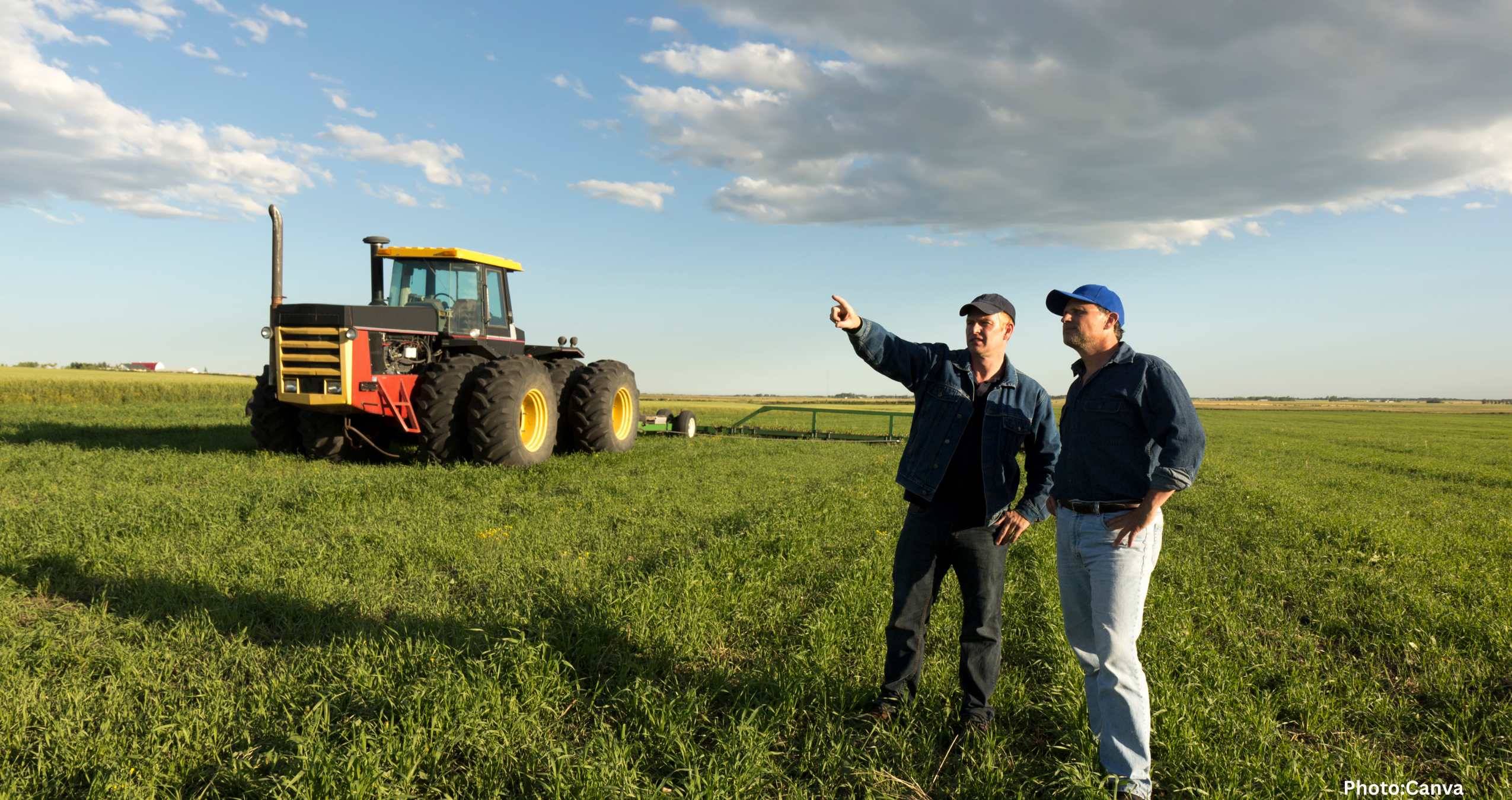The Old Farmer’s Almanac predicts a warmer, drier fall for much of the United States in 2025, with notable regional variations expected to impact agriculture, travel, and holidays.
The anticipation of fall 2025 brings a unique forecast from The Old Farmer’s Almanac, predicting warmer-than-normal temperatures coupled with below-average rainfall for most of the United States. This forecast is poised to influence many facets of life, including agriculture, fall travel, and holiday planning.
The Old Farmer’s Almanac, a resource dating back to 1792, employs metrics from solar science, climatology, and meteorology to achieve its forecasts, claiming an accuracy rate of 80%. Let’s explore the fall predictions it has provided.
For September through November, much of the country can expect warmer temperatures with a reduction in typical rainfall levels. The western half of the U.S., in particular, is projected to experience steamy conditions throughout the autumn season.
While an arid climate might grant an extended growing season and potentially vibrant fall foliage, it also raises concerns about the risk of wildfires and reduced crop yields.
Nevertheless, not all regions will conform to this warm, dry pattern. The predictions differ significantly across several parts of the country, notably the Northeast, Appalachians, and Great Lakes areas. Here’s a closer look at the region-specific forecasts:
In the Northeast, which includes Maine, New Hampshire, and parts of Massachusetts and New York, temperatures are expected to remain cool with below-average rainfall, though sporadic warm weather may break through occasionally.
The Appalachian region, stretching from Pennsylvania to western North Carolina, will see a shift from warm early September temperatures to cooler, drier conditions, punctuated by thunderstorms later in the month.
The Lower Lakes region, comprising mainland Michigan, eastern Illinois, and parts of Indiana and Ohio, is predicted to experience cooler-than-average temperatures alongside reduced rainfall from mid-September onward.
Similar chilly and dry conditions are forecasted for the Ohio Valley, with exceptions in eastern Kentucky and southern Ohio, where slightly warmer conditions may occur in September.
In the Deep South, contrasting scenarios emerge; the northern areas can anticipate hot and dry weather while the southern portions, including parts of Alabama, Mississippi, and Louisiana, are expected to see average rainfall with warmer temperatures.
The Upper Midwest, covering the eastern Dakotas, Minnesota, Wisconsin, and Michigan’s Upper Peninsula, could encounter early snowfall as cool, dry weather prevails.
Meanwhile, the High Plains, stretching from Montana to northern Texas, is one of the few regions anticipated to experience warmer, wetter conditions throughout fall.
Other areas such as the Desert Southwest and Pacific Northwest will also experience varied conditions, with the latter expecting a surprisingly sunny, wet season, whereas the former will see its typical dry heat with cooler-than-normal temperatures.
The Pacific Southwest and Alaska too will experience notable weather patterns. Southern California is predicted to have a cooler, dry autumn, diverging from central California’s warm, dry trends, while the southern part of Alaska is expected to be warmer than usual with average precipitation.
Finally, Hawaii presents a mix, with central islands experiencing cool and dry conditions, while the outlying islands will see the rare occurrence of a cool, wet season.
These predictions from The Old Farmer’s Almanac serve as an invaluable guide as communities prepare for the upcoming fall changes, according to Good Housekeeping.

